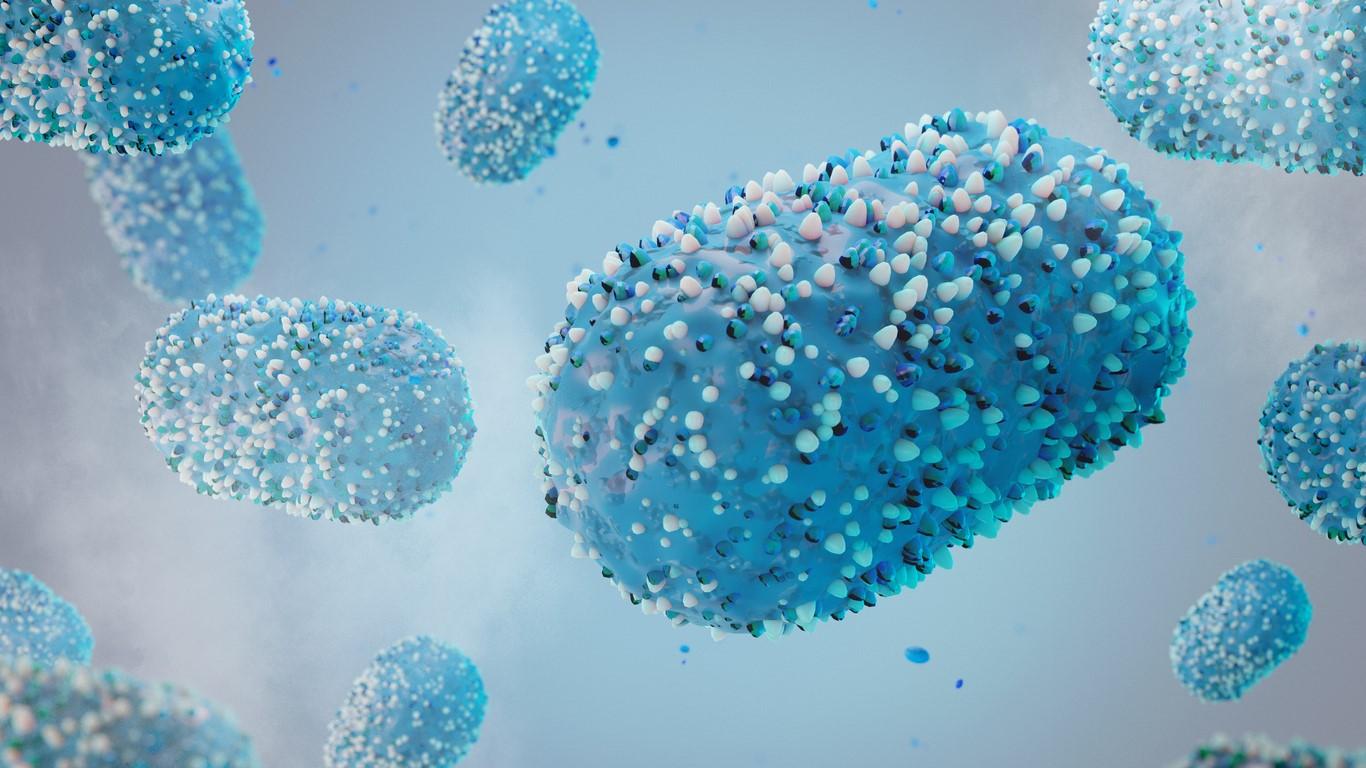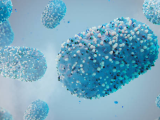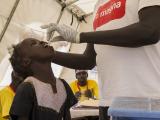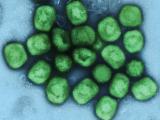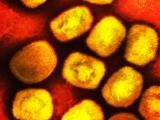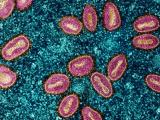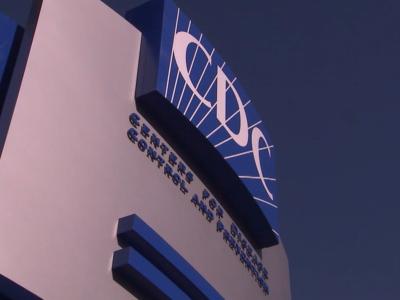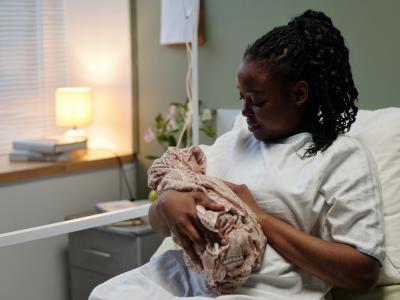A new study based on 77 mpox patients from Spain shows that the time from symptom onset to viral clearance for 90% of cases was likely 41 days in skin lesions and 39 days in semen. The study was published in The Lancet Infectious Diseases.
A second study highlighted the impact of pre-exposure vaccination in Montreal's outbreak.
Although exposure to virus in semen is a potential route of transmission, direct contact with skin or mucosal monkeypox lesions is a more likely route of transmission during sex.
Skin lesions highest in viral DNA
In the first study, participants had the most viral DNA in skin lesion swabs, followed by rectal swabs, whole blood, oropharyngeal swabs, and semen samples. And different body parts had detectable DNA for a range of durations, with blood containing detectable virus DNA for 5 days, compared to 25 days for skin lesions.
The study was conducted on outpatients in two hospitals and two sexual health clinics from Jun 28, 2022, to Sep 22, 2022. Men and women over the age of 18 were eligible if they did not require hospitalization and reported having symptom onset within the previous 10 days of presentation to the medical clinic.
Mpox virus DNA was detected using quantitative polymerase chain reaction (PCR) testing.
Swabs were collected up to six times during a 57-day follow-up period from skin lesions, oropharynx, rectum, semen or vagina, and a dried blood spot. Overallm 1,663 samples were collected from 77 study participants, 97% of participants were men, and the median age was 35 years. Fifty-one percent of participants (39) had HIV.
Overall semen risk probably low
The median time from symptom onset to viral clearance was 25 days (95% confidence interval [CI], 23 to 28) in the skin lesions, 16 days (95% CI, 13 to 19) in the oropharynx, 16 days (95% CI, 13 to 23) in the rectum, 13 days in semen (95% CI, 9 to 18), and 1 day in blood (95% CI, 0 to 5).
The systemic illness lasted for a median of 5 days, local site rashes lasted for a median of 21 days, and distant rashes for a median of 12 days. No patients took antiviral therapy.
"Our findings indicate that viral DNA detected by qPCR remains present in swab samples of skin lesions for a median period of 25 days from symptom onset, and that most patients no longer have detectable viral DNA after 41 days," the authors wrote.
The authors said their study offers insight as to how and when semen may be able to transmit the virus. The median time to viral clearance from semen was 13 days from symptom onset, the time for 90% of individuals to have undetectable viral DNA in semen was 39 days, and viral loads in semen were generally low throughout the course of infection, the authors said.
Based on these findings, the overall risk of transmission through seminal fluid is probably low.
"Based on these findings, the overall risk of transmission through seminal fluid is probably low," the authors said. "However, for many viruses, shedding in semen can be intermittent, and extended follow-up will be of value to establish how long it takes for monkeypox DNA to be permanently undetectable in semen."
"Although exposure to virus in semen is a potential route of transmission, direct contact with skin or mucosal monkeypox lesions is a more likely route of transmission during sex," the authors of an accompanying commentary wrote.
Early pre-exposure vaccination in Montreal
A study today in the Annals of Internal Medicine sheds light on how Montreal Public Health limited the spread of the mpox outbreak by being the first Canadian jurisdiction to offer one dose of the Modified Vaccinia Ankara-Bavarian Nordic vaccine (Jynneos in the United States) as preexposure prophylaxis (PrEP) to those at risk in early June 2022.
By Oct 18, a total of 402 cases of monkeypox were reported, mostly among men who have sex with men, in Montreal, one of the largest pockets of virus transmission in Canada. Cases began to steadily decline after the first week in July, about 1 month after the PrEP program started.
By mid October, 23,835 and 1,333 people had received first and second doses, respectively, of the mpox vaccine.
The authors said limiting the second dose of mpox vaccine in an effort to inoculate more people with an initial dose paid off in Montreal, and was based on a similar strategy used when COVID-19 vaccines were in short supply.
